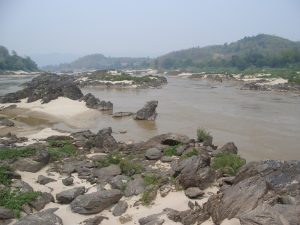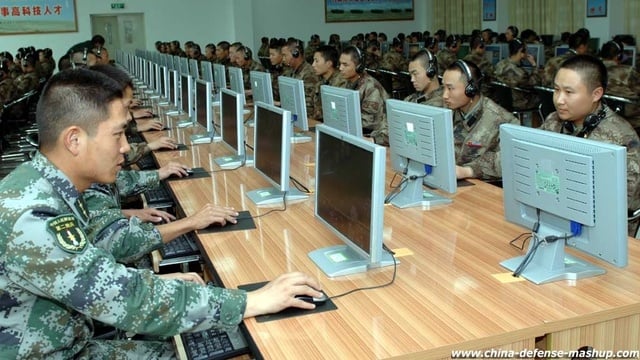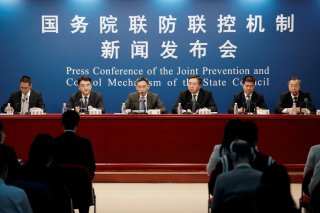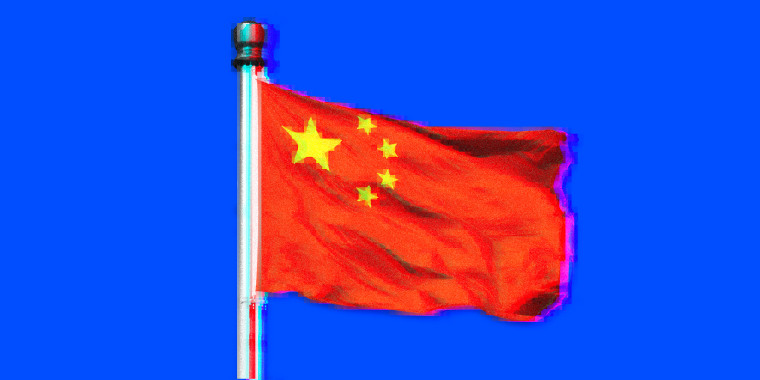Changing how a country of 1.4 billion people approaches healthcare—amid a global pandemic—is not a task for the fainthearted. Yet Shobana Kamineni, executive vice-chairperson of India’s Apollo Hospitals, has built a healthcare ecosystem that comprises more than 7,000 physicians and 30,000 other healthcare professionals. By mid-2020, six months after launch, Apollo 24/7, Apollo’s holistic digital health platform, had enrolled 4 million people, with around 30,000 downloads a day.
In August 2020, during the Southeast Asia 2020 Virtual Congress of the McKinsey HealthTech Network, moderated by McKinsey senior partner Axel Baur, Kamineni discussed the travails of establishing a healthcare ecosystem at such scale. A condensed and edited version of Kamineni’s remarks and the subsequent discussion follows.
Insights amplified by COVID-19
Today we’re entering a new era defined by insights and discoveries that elevate the greater well-being of the human on this planet. The information age has moved now to the age of insights, and I want to bring out five insights that the pandemic has amplified.
The greatest shift in the pandemic is undoubtedly toward digital health, and my first insight concerns telehealth. Customer adoption has skyrocketed, from 11 percent of US customers using telehealth in 2019 to 46 percent now using telehealth to replace canceled healthcare visits. In India, 50 million Indians accessed healthcare online from March to May 2020, with 80 percent of all telemedicine users and patients using it for the first time.
















